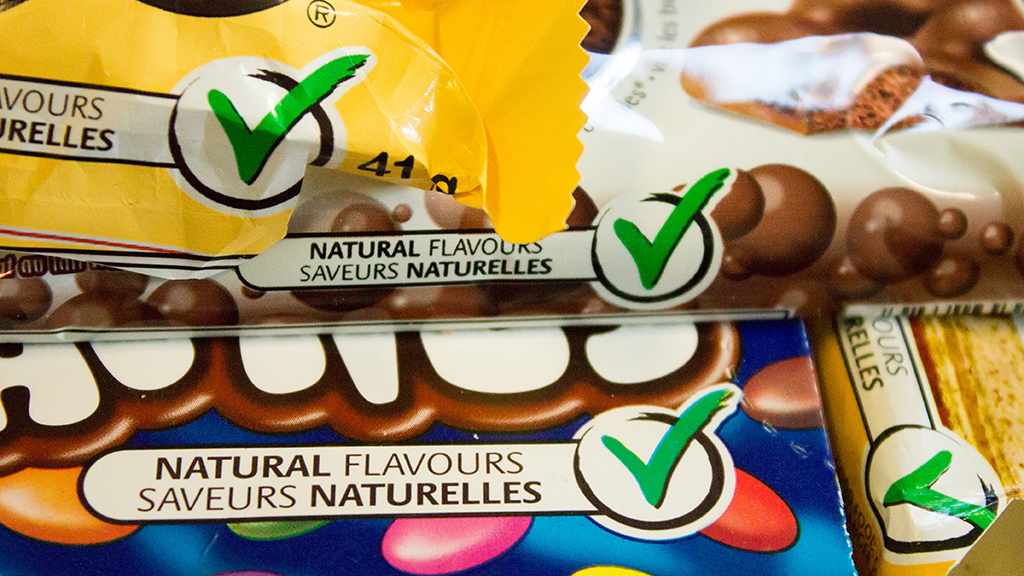Unnatural obsession with “natural” food leads to unhealthy choices
 Nathan Bird
Nathan BirdYou love the word “natural,” and the food industry knows it.
In America, the word helps to sell nearly $41 billion worth of food every year — approximately $41 billion more than titles “artificial” or “unnatural” help to sell. But our love of “natural” can be problematic, because in the hands of advertisers and marketers, it’s often meaningless, and sometimes it’s downright misleading.
Part of the problem is that natural foods aren’t always better for us, as many people assume. It’s worth keeping in mind that arguably the most toxic substance known, botulinum toxin (aka botox), is made “naturally” by bacteria. Natural food isn’t always more ethical, either, personally I’d rather have artificial shark fin soup than the real thing. Natural food can be kind of gross. For example, the “natural” vanilla alternative “castoreum” is from scent glands near the base of a beaver’s tail — also known as its ass.
These are extreme examples, but the point they illustrate is important: natural is not always better, and sometimes it means ass vanilla.
But apparently people don’t care about this. They want natural ingredients in their food — even their highly processed sugary pseudo-foods. Recently, this demand caused candy maker Nestle USA to announce that it’s removing artificial flavours and colours from all its Kit Kats, Aeros, Butterfingers and other chocolatey products. This void will be filled with the natural flavours and colours that customers want: for example, a dye made from fruit seeds will be used to color Butterfingers, replacing the mouth-watering combination of “Red 40” and “Yellow 5.”
In Canada, this process has already started, and some Nestle chocolate bar packages boast a big green checkmark beside the words “natural flavours.” But what does this badge of distinction actually mean? Are naturally flavoured chocolate bars better somehow?
In my uncompromising quest for answers, I sampled three different Nestle chocolate bars — two with natural flavours (Mirage and Coffee Crisp), and one with artificial flavours (Crunch). But I failed to detect any quality difference between them. I even repeated the experiment just to be sure. Moreover, I doubt the naturally flavoured bars were significantly better for my health, considering all three bars contained trans fats and were approximately 50 per cent
sugar by mass.
According to the FDA, even a chocolate bar made entirely of broccoli and flax seeds wouldn’t necessarily be healthier made with natural instead of artificial flavours.
This is because the FDA defines a “natural flavour“ as basically any flavouring agent that comes from a plant, yeast or animal — everything else is “artificial.” Clearly, such broad definitions preclude generalizations about quality or nutrition, and the only ethical generalization I can think of is that vegans should be more comfortable consuming artificial flavours.
So have Nestle’s chocolate bars improved in any way whatsoever as a result of the switch to natural flavours? Not that I can tell. Has Nestle found a great new way to lure us into eating even more junk food than we already do? You bet. Is that in the public’s best interest? Of course not. But I don’t blame Nestle. After all, they’re giving us exactly what we want. They’re like a genie granting an ill-conceived wish — a wish that the genie makes money from and that could help make North Americans just a little unhealthier and give us bigger butts.





I thiunk you should try that experiment a few more times for good measure 😉